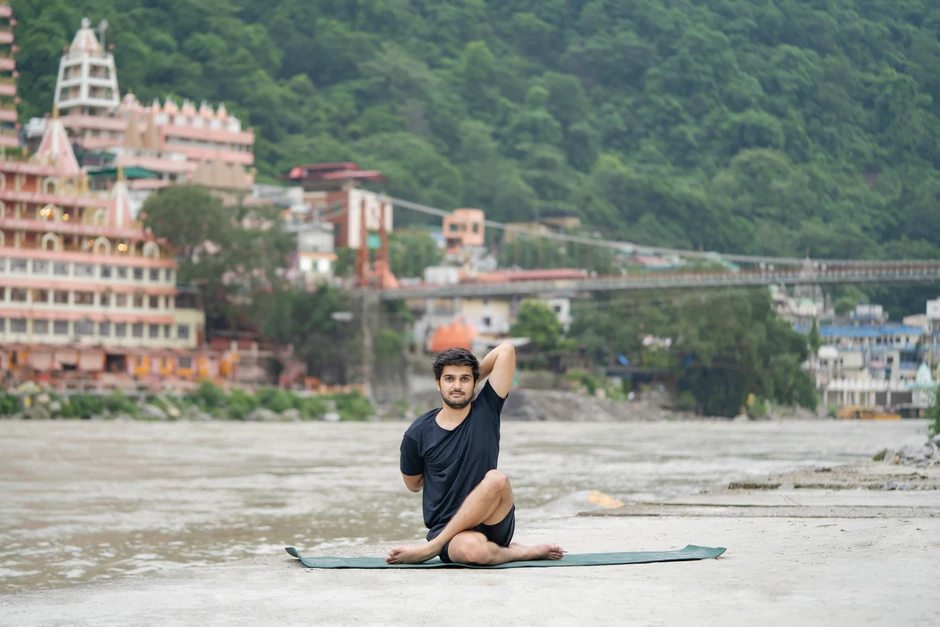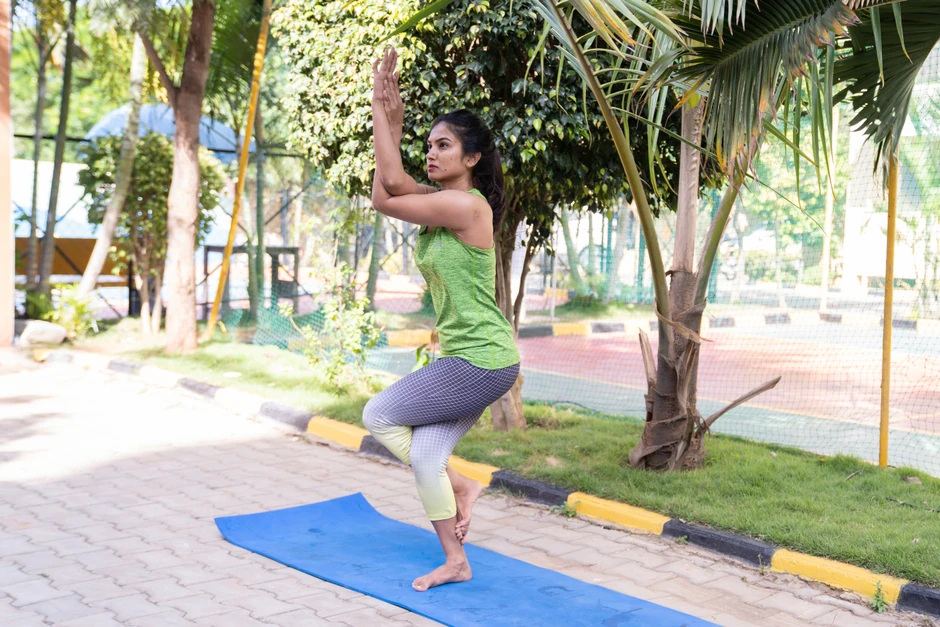

The symptoms of carpal tunnel are unmistakable — a dull ache in the wrists, numbness in the fingertips, a sharp pain shooting up the side of your forearm. Reversing the chronic pain caused by carpal tunnel can sometimes be difficult, depending on the severity of the condition, physical restrictions, and other factors.
For some, carpal tunnel relief surgery can be effective — a routine procedure that clips the fascia tissue in the wrist to reduce constriction and relieve pressure on the median nerve. But in many cases, surgery alone is not enough to fully recover from this condition.
This painful and disabling condition affects both the wrist and hand, caused by repetitive movements or excess pressure on the median nerve that runs through the wrist. Carpal tunnel is a common problem that affects people of all ages and occupations. It can be caused by a variety of factors including genetics, overuse of the wrist, and certain medical conditions like diabetes and rheumatoid arthritis.
The symptoms of carpal tunnel include pain, numbness, tingling, and weakness in the hand and wrist. These symptoms can be particularly problematic for those who work with their hands or use a computer for extended periods of time. In fact, carpal tunnel can be so debilitating it can make it impossible to do your job, especially if it makes your condition worse.
With proper physical therapy, you can reduce the symptoms of carpal tunnel and help your body heal. Yoga is an excellent way to treat carpal tunnel, since it involves gentle and low-impact strengthening and stretching of the ligaments in the wrist and hand.
By lengthening the muscles in this area, including muscles in the arm and shoulder, it can help to reduce inflammation and pressure on the median nerve, which can relieve pain and improve mobility. Yoga also impacts the connective tissue in your body, and by working with the fascia tissue in your wrists and arms, yoga can help provide relief and reduce symptoms.
Yoga also helps improve circulation and reduces inflammation, the main culprit behind carpal tunnel. Increased inflammation causes tissue to swell inside the wrist, putting painful pressure on the median nerve — resulting in pain, numbness, and discomfort.
In addition to alleviating carpal tunnel symptoms, there are many other benefits to practicing yoga. Yoga is an excellent way to reduce stress and anxiety, improve flexibility and balance, and promote overall health and wellness. It can also help to improve your posture, which can be particularly helpful for those who work at a desk or computer for long periods of time.
When practicing yoga for carpal tunnel, it’s important to listen to your body and stop if you experience any pain or discomfort. If you have recently undergone carpal tunnel relief surgery, it’s advised that you wait until your doctor has given you the green light to practice yoga. If you’ve received the go-ahead but you’re still a little bit tender in your wrists, avoid postures that require balancing your weight on your hands, like Downward Facing Dog or Handstand.
With a regular, routine practice of yoga, you can expect to see significant improvements in your carpal tunnel symptoms over a few months, along with a variety of other health benefits. Not only will pain, numbness, and discomfort subside, but you’ll also experience a greater sense of well-being and self-awareness.
The following poses can help relieve carpal tunnel symptoms and assist in your recovery from this condition. If you’re just starting out with yoga and you’re unsure how to practice these poses, we recommend joining a group class or booking a private, 1-on-1 session at MyYogaTeacher. Our certified yoga instructors can help you avoid injury by guiding your practice with the correct alignment.

A foundational primary asana, Mountain pose helps you find stability and improve your posture. To elevate this pose to treat carpal tunnel, try practicing some shoulder rolls while performing this posture.
Start by standing at the front of your mat. Keep your feet hip distance apart, and you can rest your arms at your sides or bring your hands together in prayer formation. Inhale and feel your chest opening and your collar bones widening as you focus on balancing your weight proportionally on both of your feet. Gaze straight forward and maintain this pose for 1-2 minutes.

This is one of the most effective poses for carpal tunnel, since it stretches and lengthens the muscles in your hands, wrists, arms, and shoulders.
Move to the back portion of your mat and step your right foot forward. Your right toes should be pointed forward and your left (back) foot should be kept parallel with your mat. Bend your right knee at 90 degrees, taking care not to overextend. Your right knee should not move forward past your toes. With your hips evenly squared, stretch your arms out to both sides, so that your right arm extends out in front of you and your left arm behind you. Open your chest and focus on activating your legs so that you are grounded into your mat. Hold this pose for 5-6 breaths and repeat on the other side.
_optimized.webp)
This pose also involves lengthening the muscles in your arms and shoulders, relieving pressure in your wrists.
Just like with Warrior II, step your right foot forward for Triangle pose, keeping your left (back) foot parallel with your mat. Inhale and stretch out both your arms the same as in Warrior II, but keep your right leg straight with a slight, soft bend in your knee. As you exhale, hinge at your hip and bend forward, placing your right fingertips on the floor, or you can place your hand on the block positioned next to your right foot. Turn your upper body and reach your left hand toward the ceiling, and either turn your head to gaze up at your hand, or keep your eyes focused straight ahead. Hold for 3-5 breaths and repeat on the other side.

While holding this posture, pay extra attention to your wrists, allowing them to stretch while taking care not to overdo it.
In the center of your yoga mat, sit upright with your head, neck, and spine balanced evenly, and your right leg over your left thigh so that your knees are stacked on top of one another. Inhale and stretch your right arm up, bending it from your elbow, and bringing your right hand behind your back. Bend your left arm from your elbow and extend it behind your back from your left side. Exhale, and on your next inhale bring both hands together. If you cannot clasp your hands, use a strap for assistance. Stay here for 3-4 breaths, and release on an exhale. Repeat on the other side.

Like the other postures in these series, Eagle pose stretches and lengthens the muscles in your arms and shoulders.
Stand in Mountain pose for a few breaths. Inhale with your hands at your waist and slightly bend your knees. Lift your right foot off the mat and wrap it over your left leg, curling your foot over your calf to lock it in place. Exhale and lower yourself further, as if you are sitting in a chair. When you’ve balanced yourself here, lift your arms to chest level and bend them at the elbows. Maintain steady breathing while you wrap your left elbow over your right forearm and clasp your hands together. Hold this pose for 5-10 breaths and repeat on the other side.

Receive personalized guidance tailored to your unique fitness goals, live with a dedicated coach—no credit card required.